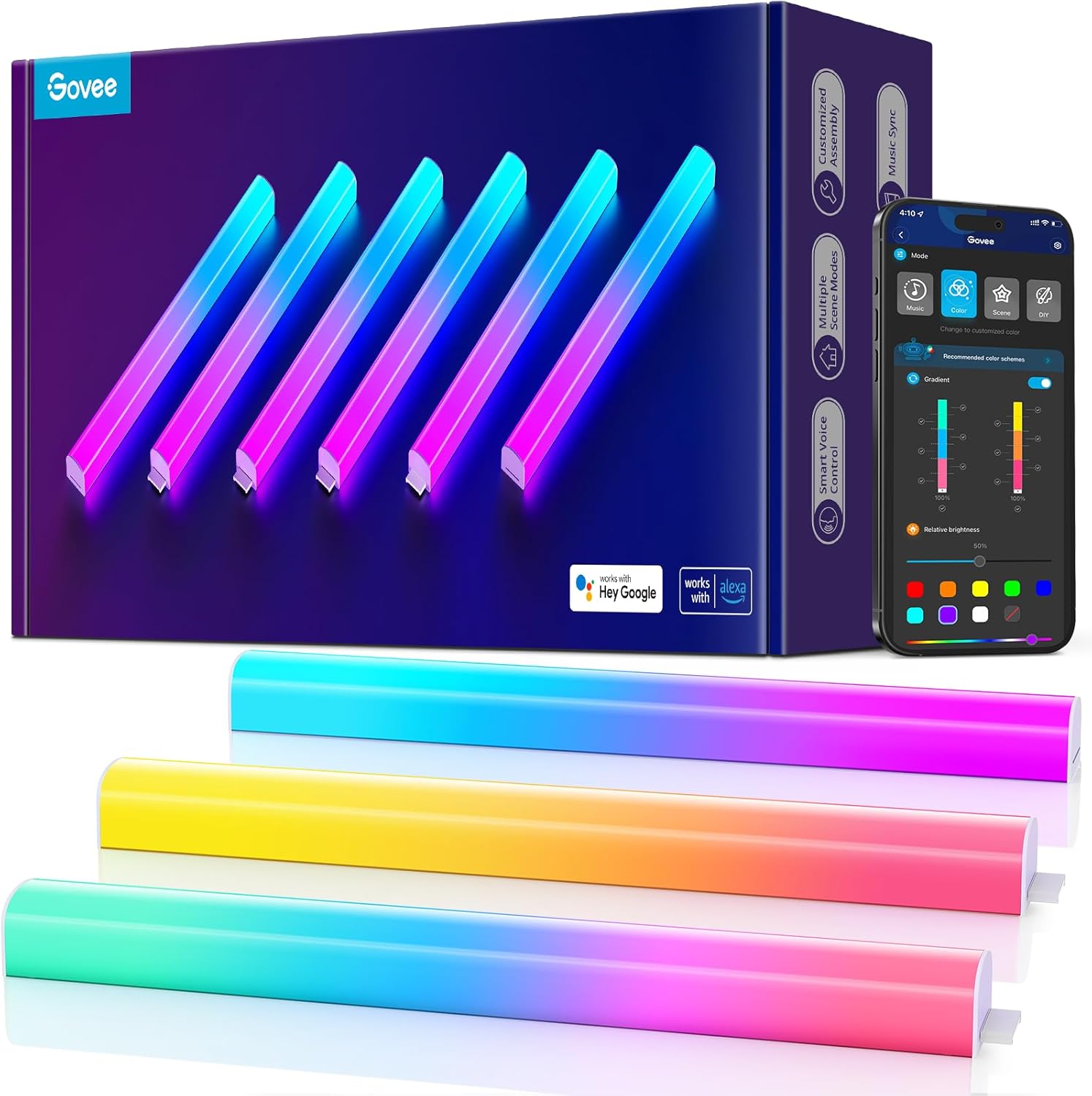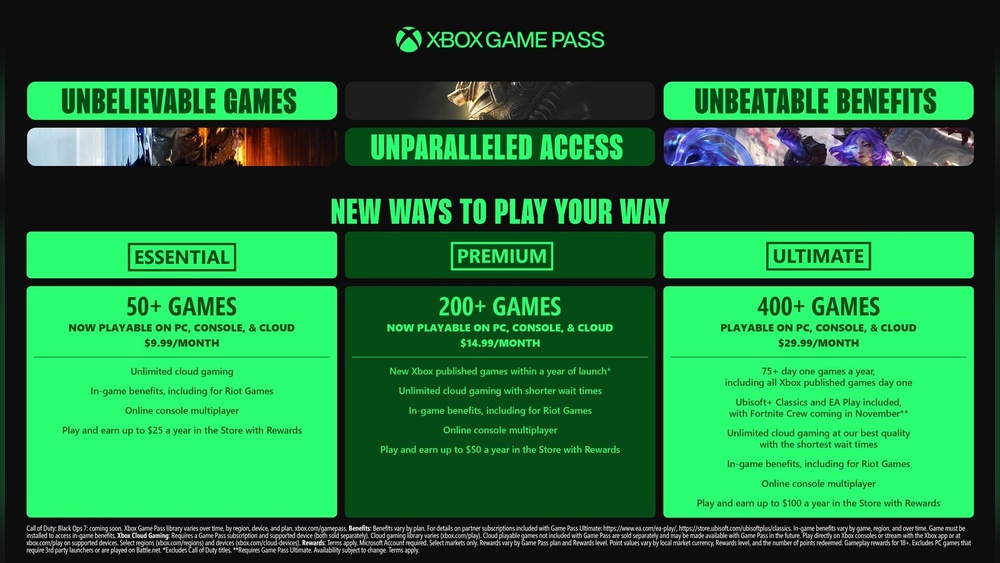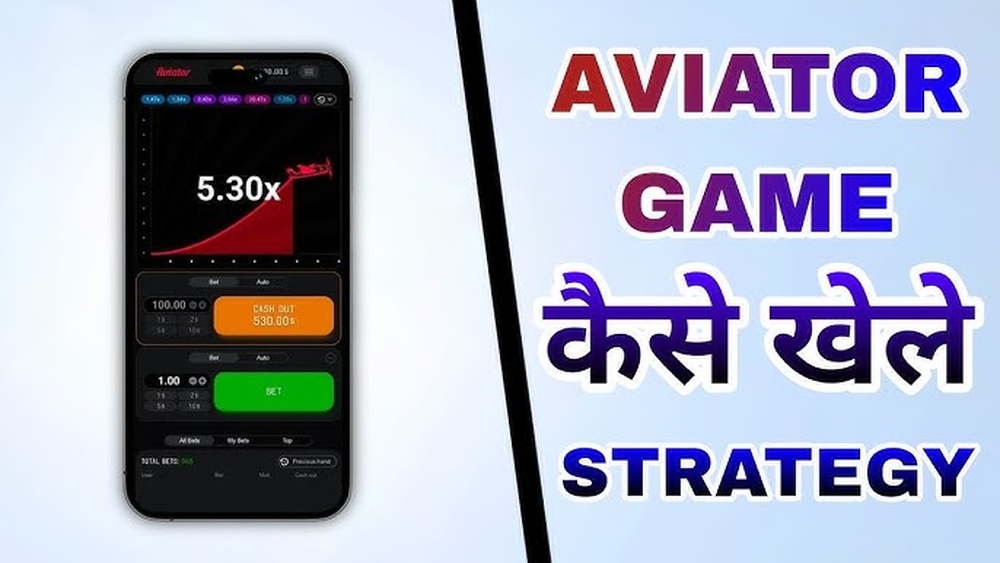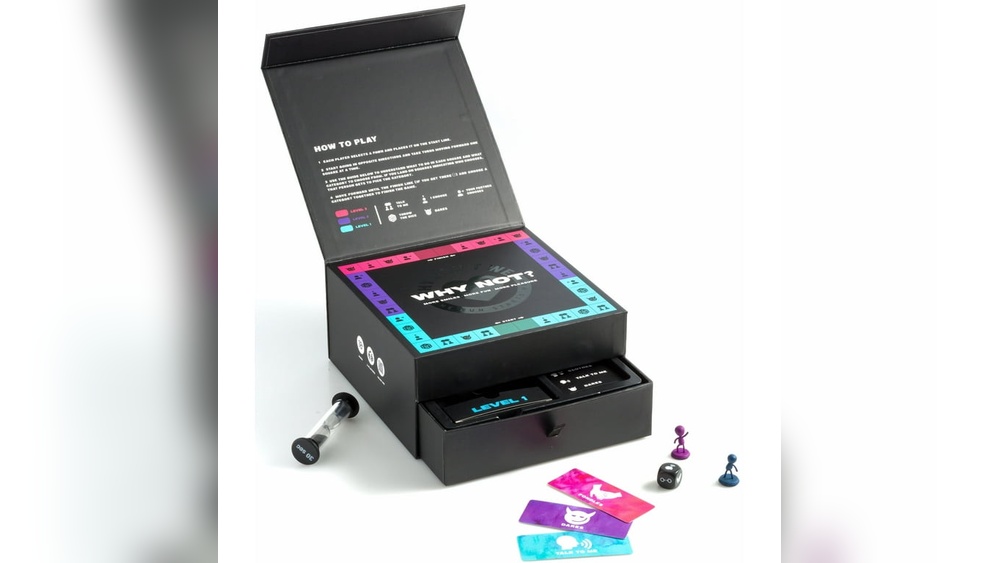Do you want to create your own gaming app but don’t know where to start? Making a game might seem tricky, but it’s easier than you think when you break it down step by step.
Imagine seeing your ideas come to life on screens everywhere, with players enjoying the game you built. You’ll discover simple and clear steps to turn your gaming app dream into reality. Ready to dive in and make your game stand out?
Keep reading, and let’s get started!
Concept And Planning
Concept and planning form the foundation of any successful gaming app. This stage shapes your idea into a clear path. It helps avoid mistakes later. Planning details how your game will work and who will play it. Solid planning saves time and money.
Start by defining your game’s core idea. Then, decide who you want to reach. Set clear goals for what your game should achieve. This process guides every step of development.
Choosing The Game Genre
Select a genre that fits your skills and interests. Popular genres include puzzles, action, adventure, and simulation. Each genre has different player expectations. Choose one that matches your creative vision. Think about what type of gameplay you want to offer. This choice affects design, mechanics, and marketing.
Target Audience Research
Identify the players who will enjoy your game most. Consider age, location, and gaming habits. Research what games they like and why. This knowledge helps tailor your game to their tastes. It also improves user experience and retention. Knowing your audience can guide features and difficulty levels.
Setting Game Objectives
Define clear goals for your game’s success. Objectives can include user engagement, revenue, or learning outcomes. Set measurable targets like daily active users or level completion rates. Clear goals focus your development efforts. They help track progress and make improvements. Objectives ensure your game meets player needs and business aims.
Designing The Game
Designing a gaming app is a crucial step in game development. It shapes how players experience the game. A well-designed game attracts players and keeps them engaged for longer. This stage involves planning the story, characters, game rules, and user interface. Careful design helps create a fun and smooth gameplay experience.
Creating Storylines And Characters
A good storyline makes the game interesting. It gives players a reason to play and explore. Characters bring the story to life. Unique characters add depth and personality to the game. Think about character goals, backgrounds, and how they fit the story. Simple stories work best for most games.
Designing Game Mechanics
Game mechanics are the rules and actions players follow. They define how players interact with the game world. Examples include jumping, shooting, or solving puzzles. Mechanics should be easy to learn but fun to use. Testing mechanics early helps find what works best. Clear rules make gameplay smooth and enjoyable.
Wireframing And Prototyping
Wireframes are simple sketches of game screens. They show how menus and gameplay areas look. Prototypes are basic versions of the game to test ideas. Both help spot problems early. Use wireframes and prototypes to refine design before coding. This saves time and avoids costly changes later.
Development Tools And Technologies
Choosing the right tools and technologies shapes the success of your gaming app. These tools help you build, test, and improve your game efficiently. They also affect how your game looks, sounds, and performs on devices.
Understanding the main development tools helps you avoid common mistakes. It saves time and reduces costs during development. This section covers the essential tools and technologies for game creation.
Selecting The Right Game Engine
A game engine is the foundation of your app. It provides the core functions like physics, graphics, and sound. Popular engines include Unity, Unreal Engine, and Godot. Choose an engine that fits your game type and skill level.
Unity is great for beginners and supports many platforms. Unreal Engine offers high-quality graphics for complex games. Godot is open-source and lightweight, ideal for simple projects. Consider engine features, community support, and pricing before deciding.
Programming Languages To Use
Programming languages control how your game works. Common languages for gaming apps include C, C++, and JavaScript. Unity mainly uses C, while Unreal Engine prefers C++. JavaScript is popular for web-based games.
Pick a language that suits your chosen engine and your coding skills. Simple games may need less coding and easier languages. Complex games require more advanced languages and knowledge.
Integrating Graphics And Sound
Good graphics and sound improve player experience. Use tools like Adobe Photoshop or GIMP for 2D images. Blender is useful for creating 3D models. Sound tools like Audacity help edit music and effects.
Make sure your graphics and sounds fit the game style. Optimize files to keep the app size small. Proper integration ensures smooth gameplay and better user engagement.

Credit: www.youtube.com
Game Development Process
The game development process is the heart of creating a gaming app. It involves several important steps that turn ideas into a playable game. Each step requires careful planning and skill. A smooth process helps deliver a fun and stable game.
This section explains key parts of game development. Coding the game logic, building the user interface, and adding multiplayer features are vital. Understanding these parts makes the whole process clearer.
Coding The Game Logic
Game logic is the set of rules that control gameplay. It decides how characters move and react. Coding this logic means writing clear instructions for the game engine. Use simple code blocks for actions and events.
Test the code often to avoid bugs. Small errors can break the game. Keep the code organized for easier updates and fixes later.
Building User Interface
The user interface (UI) is what players see and touch. It includes menus, buttons, and game screens. Build the UI with clear and simple designs. Players should find it easy to navigate.
Use large buttons and readable text. Make sure the UI works well on different screen sizes. A good UI improves player experience and engagement.
Implementing Multiplayer Features
Multiplayer features let players connect and play together. This requires adding network code to sync game data. Start with basic functions like player matching and chat.
Ensure the connection is stable to avoid lag. Test multiplayer modes with real users. Multiplayer makes the game more fun and social.
Testing And Debugging
Testing and debugging are key steps in making a gaming app. They help find problems and improve the game’s quality. Without testing, players may face crashes or bugs. Debugging fixes these issues, making gameplay smooth and fun.
Testing also checks if the game works well on different devices. It ensures the app runs fast and does not drain battery. This step helps keep players happy and engaged.
Alpha And Beta Testing
Alpha testing happens early. Developers test the game within their team. They look for bugs and see if gameplay feels right. This step helps catch big problems before others see the game.
Beta testing comes after alpha. Real players try the game outside the team. Their feedback shows issues developers might miss. Beta testing tests the game on many devices and networks. It is a chance to make final fixes before launch.
Fixing Bugs And Glitches
Bugs and glitches break the game or slow it down. Developers use debugging tools to find these errors. They check code and game behavior step by step.
Fixing bugs requires patience. Each fix must not cause new problems. Testing after each fix is important to keep the game stable. Clear error messages help developers find problems fast.
Optimizing Performance
Good performance means the game runs smoothly without lag. Developers optimize graphics, sounds, and code. They reduce memory use and load times.
Optimizing also means balancing quality and speed. The game should look good but not use too much battery. Proper performance keeps players playing longer without frustration.

Credit: hostadvice.com
Publishing The Game
Publishing the game is the final step in your game development journey. It means sharing your game with players worldwide. This step requires careful work. It involves preparing your game for app stores, planning how to reach players, and listening to their feedback. Each part helps your game succeed and grow.
Preparing For App Store Submission
Start by checking the app store rules. Each store has its own guidelines. Make sure your game follows them. Prepare all needed materials like the game icon, screenshots, and description. Test your game on different devices. Fix any bugs or crashes. Create a strong title and clear description. Use keywords players search for. Submit your game and wait for approval. Respond quickly if stores ask for changes.
Marketing And Promotion Strategies
Tell people about your game before and after release. Use social media to share updates and videos. Create a website or landing page with game details. Reach out to game bloggers and YouTubers for reviews. Offer free demos or beta tests to get players interested. Use ads carefully to attract the right audience. Keep sharing fresh content to keep players engaged. Good marketing helps your game get noticed and downloaded.
Gathering User Feedback
Listen to your players after launch. Collect reviews and ratings from app stores. Use surveys or social media to ask for opinions. Watch how players use your game. Fix issues players report quickly. Add new features players want. Regular updates show you care. User feedback helps improve your game and keep players happy.
Post-launch Updates
Post-launch updates keep a gaming app fresh and enjoyable. They fix bugs, add content, and improve user experience. Regular updates help keep players engaged and attract new users. A successful game needs ongoing care after launch.
Adding New Features
Adding new features keeps the game exciting. New levels, characters, or game modes give players reasons to return. Features should match player interests and game style. Small updates can make a big difference in player enjoyment.
Maintaining Server Stability
Server stability is crucial for smooth gameplay. Many players expect fast and reliable connections. Regular checks and updates prevent crashes and lag. Stable servers improve player trust and keep the community active.
Responding To Player Reviews
Player reviews provide valuable feedback. Listening to users helps identify issues and areas for improvement. Responding shows players their opinions matter. This builds loyalty and encourages positive word of mouth.
Credit: www.cilexlawschool.ac.uk
Frequently Asked Questions
What Are The First Steps To Make A Gaming App?
Start by researching your target audience and game concept. Plan the gameplay, design, and platform before development. Choose the right tools and technologies for your app.
Which Programming Languages Are Best For Gaming Apps?
Popular languages include C++, Java, and Swift. Unity uses Cand Unreal Engine uses C++. Choose based on your platform and game complexity.
How Do I Design Engaging Gameplay For My App?
Focus on intuitive controls, clear goals, and rewarding challenges. Use user feedback to refine gameplay and keep players interested and motivated.
What Tools Help In Developing A Gaming App?
Use game engines like Unity, Unreal Engine, or Godot. These provide frameworks, assets, and support for efficient game development and testing.
Conclusion
Creating a gaming app takes time, effort, and patience. Start with a clear idea and plan each step carefully. Test your app often to find and fix problems. Keep your players happy by making the game fun and easy to use.
Learning from feedback helps improve your app. Stay curious and keep practicing your skills. Making a gaming app can be a great way to share your creativity. Enjoy the process and keep building better games one step at a time.









